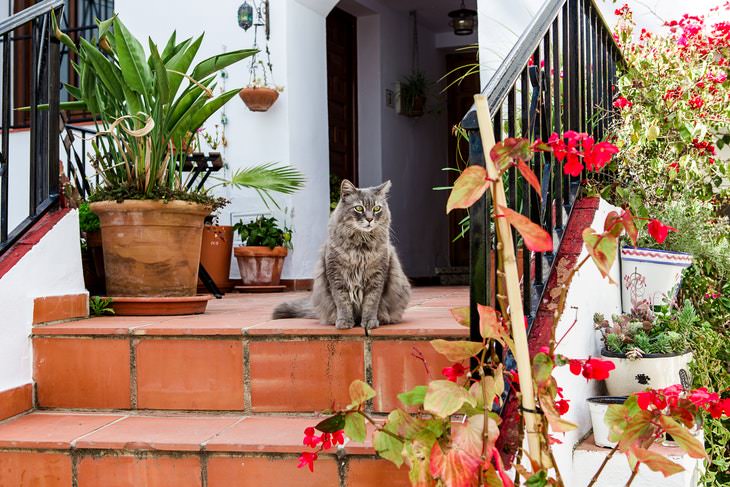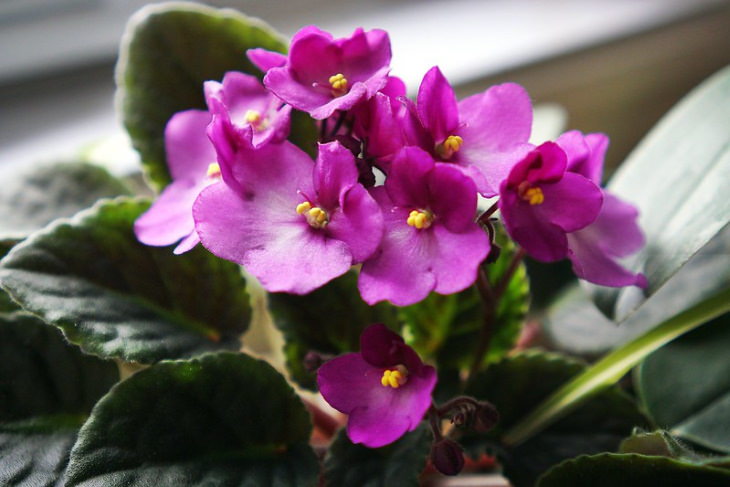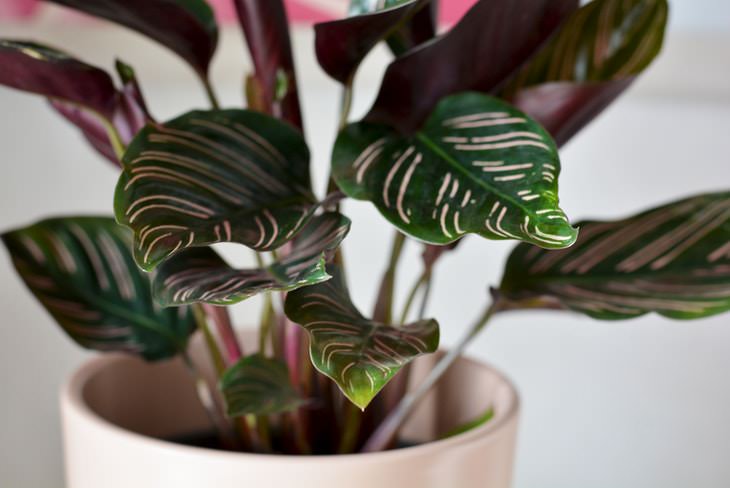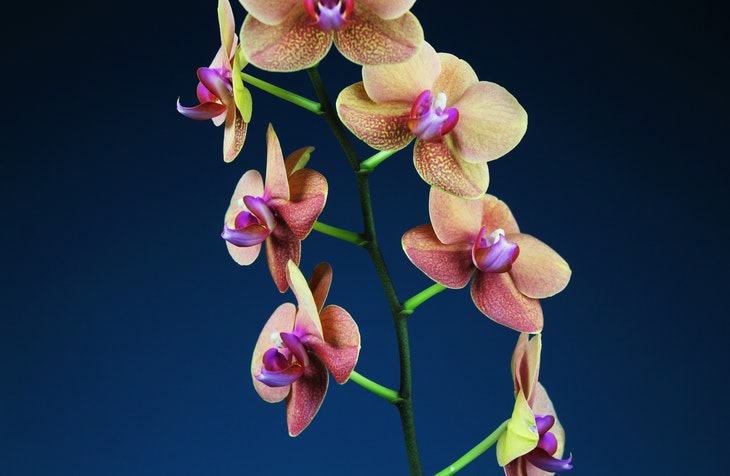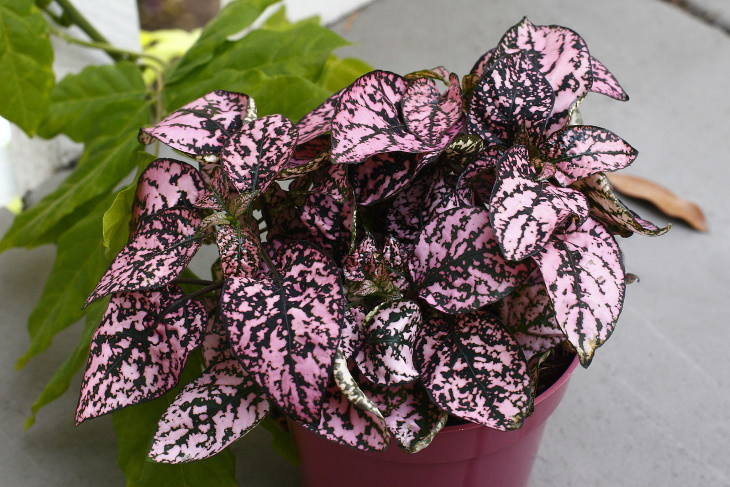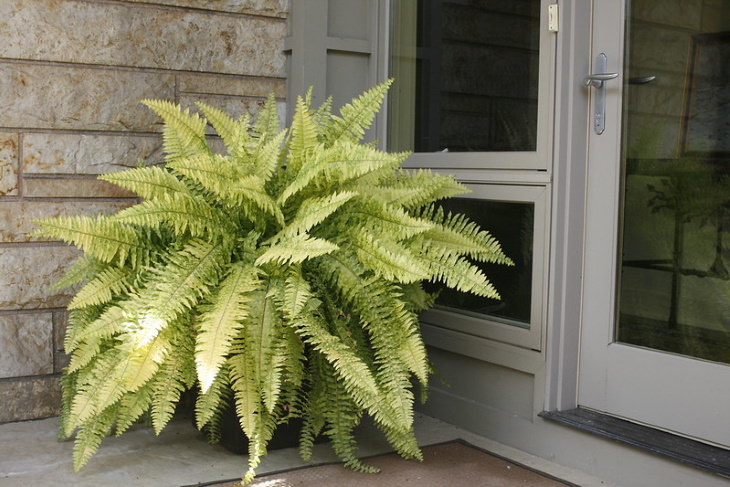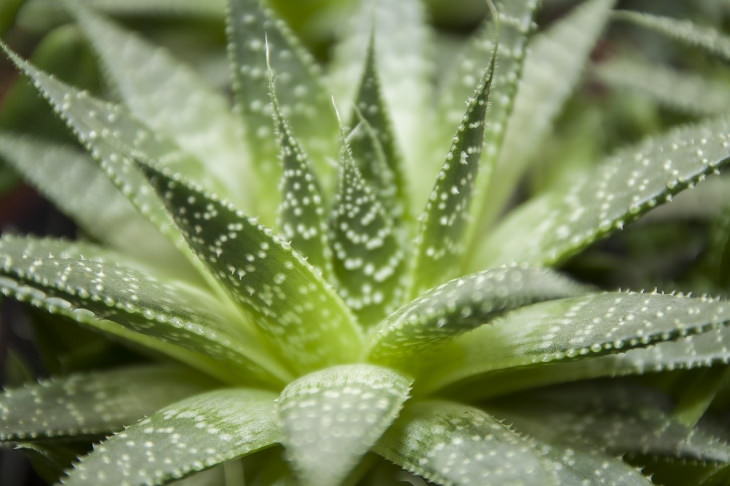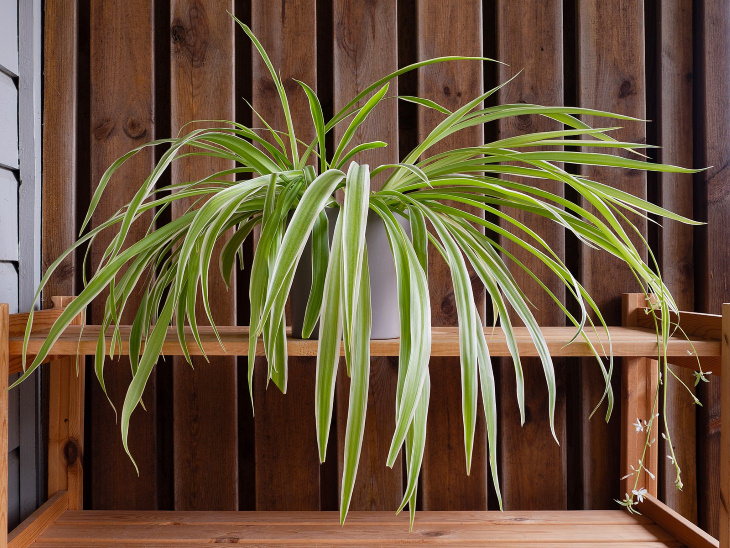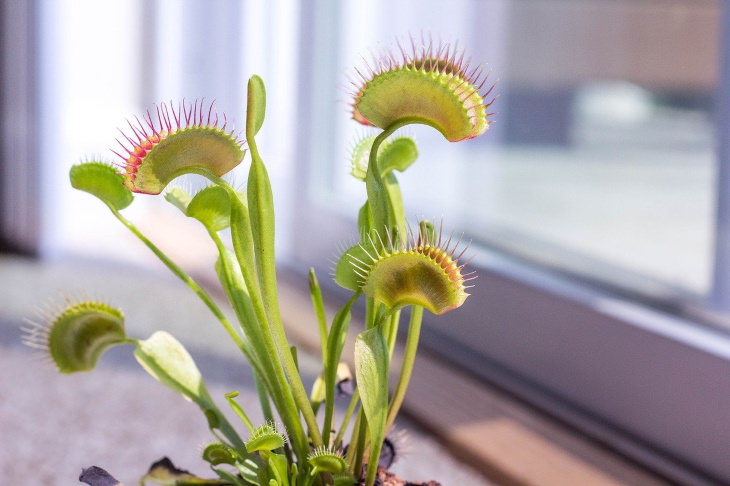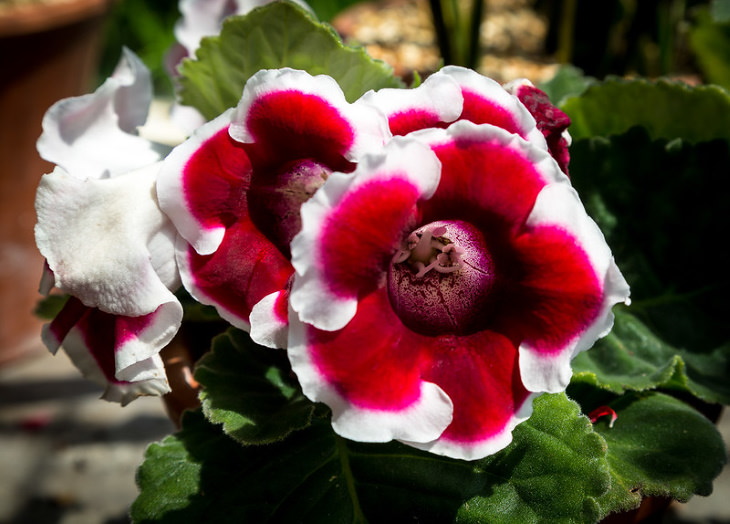How to Manage a Home With Plants and Pets
The best advice is to keep all potted plants away from small children and pets, even if the plant is considered safe. The only exception is cat grass or any kind of plant you’re growing specifically for your pets. We understand that this is easier said than done, and if your pets or children are persistent, they will eventually find their way to your indoor plants. For this reason, it’s best to stick to pet-safe plant species, especially if your pets are showing interest in plants or they have chewed on plants in the past.
Some pets may be drawn to plants as a way to cleanse hairballs or compensate for nutrient deficiencies, whereas others just enjoy playing with the leaves of your houseplants. Most importantly, be mindful of the fact that pothos, philodendron, and many other common houseplants are toxic. A child or pet who ingested the plant could end up with unpleasant or life-threatening symptoms, as we detailed in the article 9 Houseplants that Are Poisonous For Both Pets and Humans.
If you already have several plants in your home and want to check if they’re safe for pets and kids, let us direct you to these online resources that contain an exhaustive list of safe and toxic plants:
As for the 11 beautiful and easy plants we listed below, you can confidently grow them in a home with small children and pets.
Houseplants Safe For Pets and Kids
1. African Violet (Saintpaulia)
The soft velvety leaves and bright-colored flowers of African violets make them a crowd favorite among many. There are hundreds of African violets types to choose from. They vary in flower type and color, with flower hues ranging from blue and violet to pink and white. The best feature of these plants is that they will bloom even if you can’t offer them a lot of light. African violets prefer moderate and average humidity and indirect bright light.
2. Calathea (Calathea)
The Calathea genus includes a wide range of plants cherished for their large ornamental leaves. Calatheas are also known as peacock plants for the intricate patterns and color combinations that adorn their leaves. Pinstripe Calathea, for example, has dark green and purple leaves embellished with long pink stripes (as seen in the picture above).
There are various types of Calathea available at gardening centers. Calatheas are tropical plants and thrive in higher humidity environments, but they can also tolerate a little shade.
3. Orchid (Orchidaceae)
Orchids are regarded as one the most beautiful flowers in existence. According to the least conservative estimates, there are 28,000 types of orchids out there, so expect to find a wild variety of colors and shapes at your nearest gardening center. Orchids famously bloom for weeks in the middle of winter, with the flowers appearing on long stalks that grow out of the otherwise unremarkable plant.
The temperature and light conditions vary for different orchids, but many species prefer the afternoon sun. Most orchids are not potted in soil but in bark mix or long-grain sphagnum moss, so you’ll need to water them differently. All in all, orchids are a bit more high-maintenance than other plants, but seeing them bloom is highly rewarding.
4. Ponytail Palm (Beaucarnea recurvata)
Ponytail palms are the best friend of your feline, and not only because they’re pet safe. Cats enjoy playing with the long and narrow leaves of this plant, and you’ll love the fact that these non-toxic plants are also low-maintenance. Ponytail palms require bright light, but you can water them only when the soil really dries out because the plant’s trunk has a large bulb called caudex that absorbs and stores water like a sponge.
5. Polka Dot Plant (Hypoestes phyllostachya)
The stunning colorful leaves of the polka dot plant add a splash of vivid color to any home. These plants come in red, purple, white, green, and pink variations, so you have a rich color palette to choose from. The plant favors bright, indirect light, high humidity conditions, and regular watering. It’s also useful to pinch back the leaves of a polka dot plant once in a while to prevent it from growing too sparse and lanky.
6. Boston Fern (Nephrolepis)
The rich and lovely fronds of Boston ferns are like a green waterfall. Do be mindful that pets are often tempted to chew on these plants. Even though they’re safe for your pooch, you may still want to place the fern in a hard-to-reach spot to protect the plant. Like most ferns, Boston ferns favor high humidity and bright indirect light.
7. Haworthia (Haworthia)
The problem with succulents is that many of them, such as the Jade plant and even Aloe Vera, are toxic for pets. Haworthias are a lucky exception since all of them are pet-safe. You will be able to choose from many pretty rosette-shaped Haworthia species, all of which are low-maintenance too. These succulents require bright light and occasional watering.
8. Spider Plant (Chlorophytum)
The spider plant is the ultimate indoor gardener’s staple. You may also know it under the names airplane plant or ribbon plant. Definitely, the main advantage of these white-and-green beauties is that they’re safe for everyone and very hard to kill. Spider plants are very agreeable and will survive in a variety of conditions.
9. Venus Flytrap (Dionaea muscipula)
Venus flytraps are very peculiar plants. For one, it’s very fun to place things in the trap and watch it snap shut. But don’t worry, if that something happens to be your finger or your cat’s nose, the plant is very unlikely to cause any harm. The non-toxic Venus flytrap favors bright light and needs to be watered regularly, preferably with distilled water.
10. Areca Palm (Dypsis lutescens)
Since philodendrons and Indian rubber plants are both unsafe for pets, you may be looking for a safe statement plant to fit in your home. If a large planter is what you’re seeking, consider the Areca palm. The plant is also known as the butterfly palm. You can let your Areca palm dry out a bit between waterings, as it prefers dry and sunny conditions. And you can certainly let your pets play with the long fronds of the plant too, without worrying about their safety.
11. Gloxinia (Sinningia speciosa)
Gloxinias are native to Brazil, but these plants are now widely cultivated indoors worldwide. And it’s easy to see why - the bing and colorful flowers of the plant are an instant attention-grabber. The beautiful plants bloom in late winter and spring, but you must make sure to provide them with plenty of moisture and indirect light.
Share these plants with those who enjoy growing plants!

